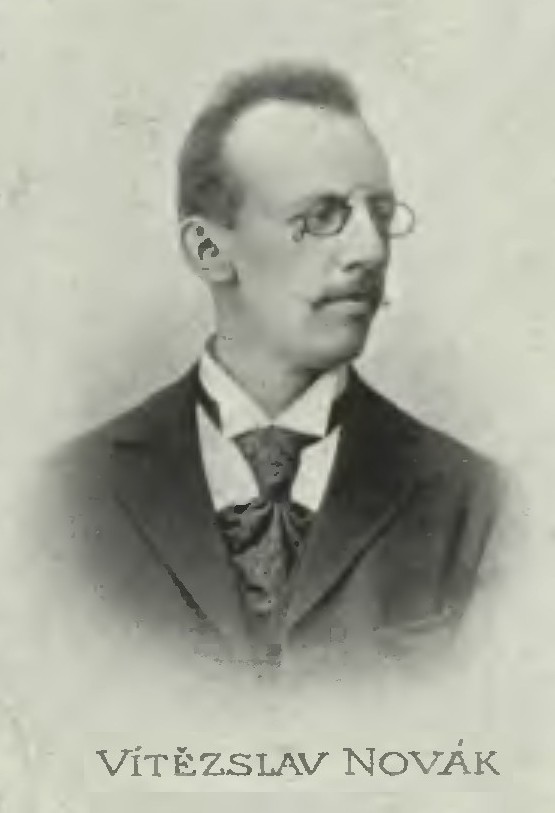It seems we can’t find what you’re looking for. Perhaps searching can help.
Vítězslav Novák
Vítězslav Novák (1870–1949) was a Czech composer and pedagogue who is considered one of the leading figures in Czech music during the late 19th and early 20th centuries. Born on December 5, 1870, in Kamenice nad Lipou, Bohemia, he was a prominent student of Antonín Dvořák at the Prague Conservatory.
Novák’s compositions reflect a strong influence of the Romantic tradition, infused with elements of Czech and Slovak folk music, which he avidly collected and studied. His style evolved over time, incorporating impressionistic and later expressionistic elements, demonstrating his ability to adapt and explore new musical languages while retaining a distinctively Czech voice.
His oeuvre includes orchestral works, chamber music, piano pieces, and songs. Among his most notable compositions are his symphonic poems, such as “V Tatrách” (In the Tatra Mountains), which exhibit his talent for creating vivid musical landscapes inspired by nature and Slavic mythology. His piano music, particularly the cycle “Pan,” showcases his impressionistic tendencies and his command of colorful harmony and atmospheric writing.
As a teacher at the Prague Conservatory for many years, Novák influenced a generation of Czech composers. He was known for his rigorous standards and insistence on technical proficiency and individuality in his students’ compositions.
Novák’s commitment to Czech nationalism was evident throughout his career. He was actively involved in the cultural life of Czechoslovakia and often used his music to express the nation’s historical struggles and aspirations. However, his nationalistic fervor also led to a period of controversy during World War II when he, along with other prominent Czech artists, was perceived to have shown sympathy for the Nazi regime, a stance that was later criticized after the war.
After a period of declining health and isolation, Vítězslav Novák died on July 18, 1949, in Skuteč, Czechoslovakia. His legacy remains that of a composer who greatly enriched the Czech musical heritage and whose works continue to be performed, offering a window into the rich tapestry of Czech national music and the broader currents of European art music of his time.



